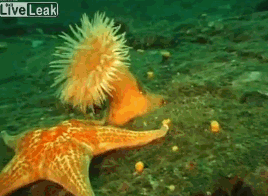References for the basic skills were (i) free online courses or tutorials such as
(ii) source codes from other websites. (Click the right button of the mouse, and then choose 'view page source'.),
and (iii) free ebook 'The missing link : An introduction to web development and programming'
Used : 'TextWrangler' for my mac, and 'Atom' for my PC.
For me, TextWrangler was more comfortable, but maybe it's because I feel more familiar with my mac.

As for the format of the webpage, I couldn't think of it much. Building an webpage is the least interesting thing to learn for me, so I leave it this way, but maybe I can return and change it later if I feel it hard to show the process, or hard to read. For now, I didn't use separate CSS here since it was simple enough to be done solely with HTML.
misc:
- expandable/collapsible text
- Text wrapping function (that wraps lines that exceed the width of the window.) in the text editor such as atom made the code more readable to me. You can change it in settings.
-
References for this part was free ebook 'pro Git book' (more precisely, its Korean version) written by the Github co-founder.
- Now I am following:
-'folder> ssh-keygen -t rsa -C'
-'folder> git clone git@git.fabacademy.org:fabacademy2017/fablabseoul.git' (Only for the first time! Never use this after first use. It will make a branch, and everything will become more complicated.)
-'folder> git pull'
-(work on my files)
-'folder> git add .'
-('folder> git status')
-'folder> git commit -m "any comments"'
-('folder> git status')
-'folder> git push'
I like to observe small living things such as bugs, plants, marine lives, etc.
All of them are so extraordinary that, whenever I get to know about them even a little, I want to make things that mimic some of their behaviors.
So! I decided to make an anemone lighting for the final project.
It is easy to pick most impressive behavioral trait (not from understanding its anatomy though): mostly it responds to touch.
It can be made in the following ways:
- It responds to:
1. the stroke (gentle touch with some directionality)
2. the touch itself (touch sensor in lamp)
3. the pressure (with a bit harder and stiff material)
that acts like:
1. plain switch (when it senses something, the whole thing just turns on)
2. (hard to explain..) kind of switch only for the part I am touching
3. switch involving some movement or other function (like shrinking tentacles)
For now, I am just trying to catch up with the class, but soon I will determine what to make, and start working on it.
I searched for some previously done works, and found:
1. Anemone sensor-->Silicone seems to be a proper material for me since I can use molding skill as well.
2. Stroke sensor
(By the way, did you know that it can even swim? 
...although it is not pure animal!! See this.)

This work is licensed under a Creative Commons Attribution-NonCommercial-ShareAlike 4.0 International License.
